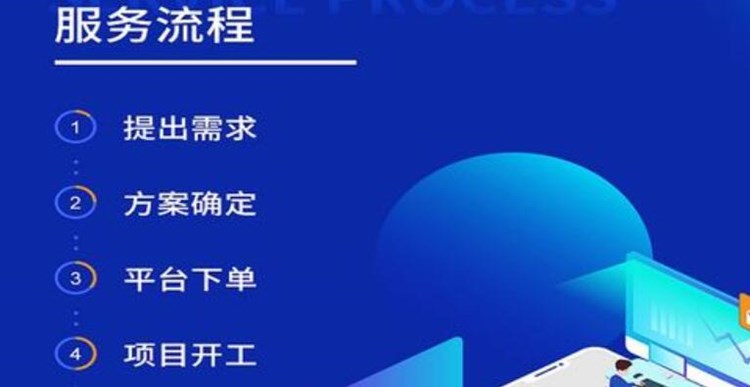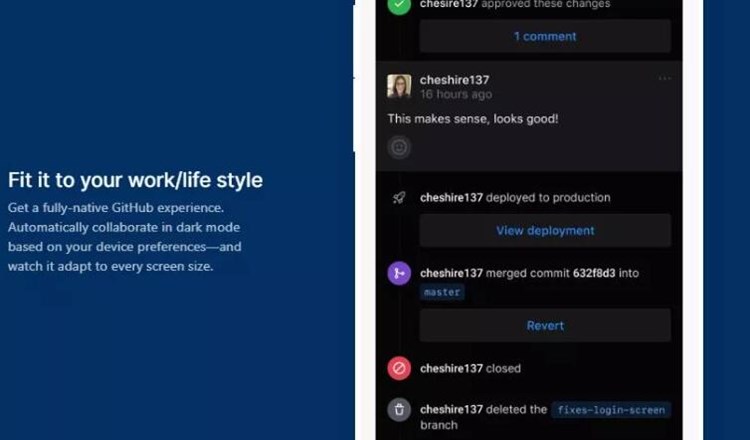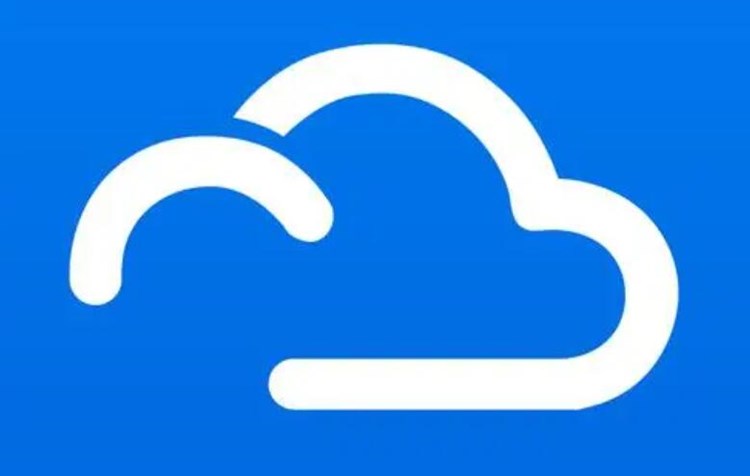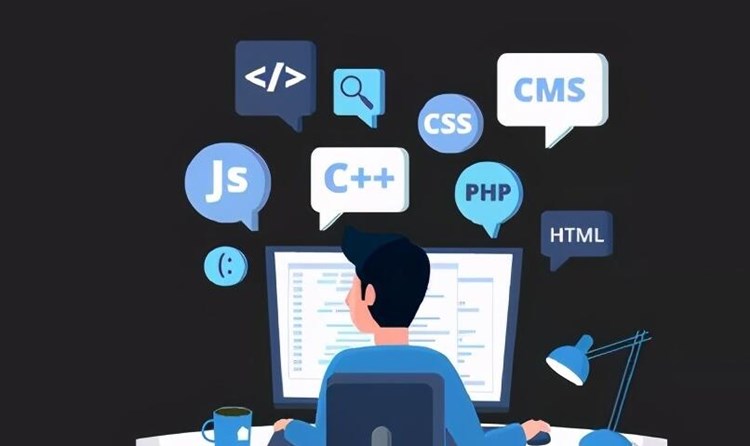在 iOS 开发中,`UIImageView` 是常用的控件之一,可以用于显示图片。但是,有时候我们需要对图片进行一些处理,比如裁剪、缩放、添加滤镜等等,这时候就需要用到 `Core Image` 框架。而为了更方便地使用 `Core Image`,我们通常会对其进行封装,这就是本文要介绍的内容:如何封装 `Core Image`。
## 什么是 Core Image
`Core Image` 是 iOS 和 macOS 系统中用于处理图像的框架。它提供了很多滤镜效果,比如模糊、锐化、色彩调整等等。同时,它还能够对图像进行缩放、裁剪、旋转等操作,非常方便。
## 封装 Core Image
在使用 `Core Image` 进行图片处理时,我们通常需要进行以下步骤:
1. 创建 `CIImage` 对象,用于表示要处理的图片。
2. 创建 `CIFilter` 对象,用于表示要应用的滤镜效果。
3. 将 `CIImage` 对象传入 `CIFilter` 对象中,进行滤镜处理。
4. 获取处理后的 `CIImage` 对象。
5. 将 `CIImage` 对象转换为 `UIImage` 对象,用于显示或保存。
以上步骤比较繁琐,而且对于不同的滤镜效果,创建 `CIFilter` 对象的方式也不一样。因此,我们可以将这些步骤封装起来,提供一个更方便的接口。
以下是一个简单的封装示例:
“`objc
@interface UIImage (Filter)
– (UIImage *)applyFilterWithName:(NSString *)filterName;
@end
@implementation UIImage (Filter)
– (UIImage *)applyFilterWithName:(NSString *)filterName {
CIImage *inputImage = [[CIImage alloc] initWithImage:self];
CIFilter *filter = [CIFilter filterWithName:filterName];
[filter setValue:inputImage forKey:kCIInputImageKey];
CIImage *outputImage = filter.outputImage;
CIContext *context = [CIContext contextWithOptions:nil];
CGImageRef cgImage = [context createCGImage:outputImage fromRect:outputImage.extent];
UIImage *filteredImage = [UIImage imageWithCGImage:cgImage];
CGImageRelease(cgImage);
return filteredImage;
}
@end
“`
上面的代码将 `applyFilterWithName:` 方法添加到了 `UIImage` 类别app开发人员中。该方法接收一个滤镜名称作为参数,将当前 `UIImage` 对象作为输入图片,应用指定的滤镜效果,并返回处理后的图片。
## 使用封装后的 Core Image
使用封装后的 `Core Image` 非常简单,只需要调用 ios云打包`applyFilterWithName:` 方法即可。以下是一个示例:
“`objc
UIImage *originalImage = [UIImage imageNamed:@”image.jpg”];
UIImage *filteredImage = [originalImage applyFilterWithName:@”CIColorInvert”];
self.imageView.image = filteredImage;
“`
以上代码将 `image.jpg` 图片加载到 `originalImage` 中,然后应用 `CIColorInvert` 滤镜效果,最后将处理后的图片显示在 `imageView` 中。
## 总结
封装 `Core Image` 可以让我们更方便地使用其提供的滤镜效果
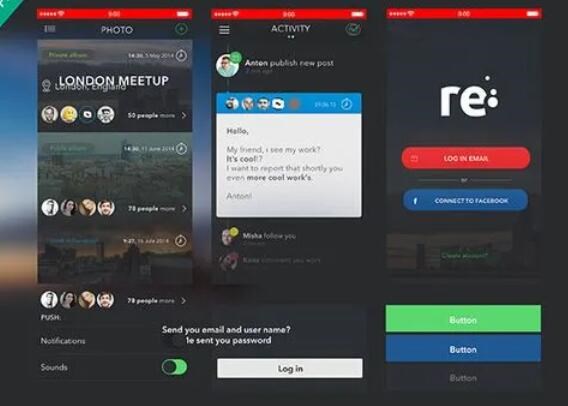
,同时也可以提高代码的复用性和可读性。在实际开发中,我们可以根据需要进一步扩展封装的方法,比如支持多个滤镜效果的组合、调整滤镜参数等等。

 易嘉科技
易嘉科技